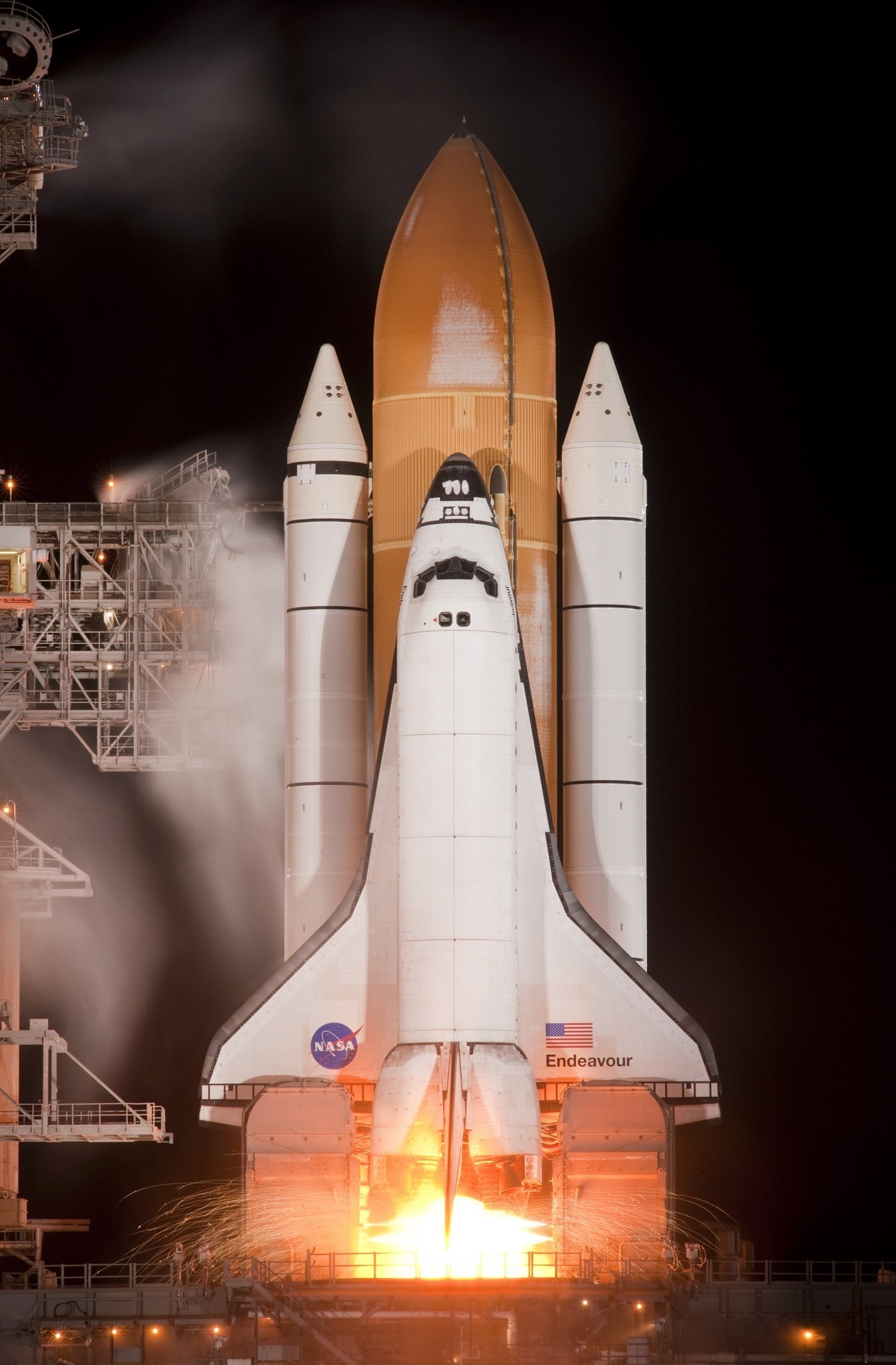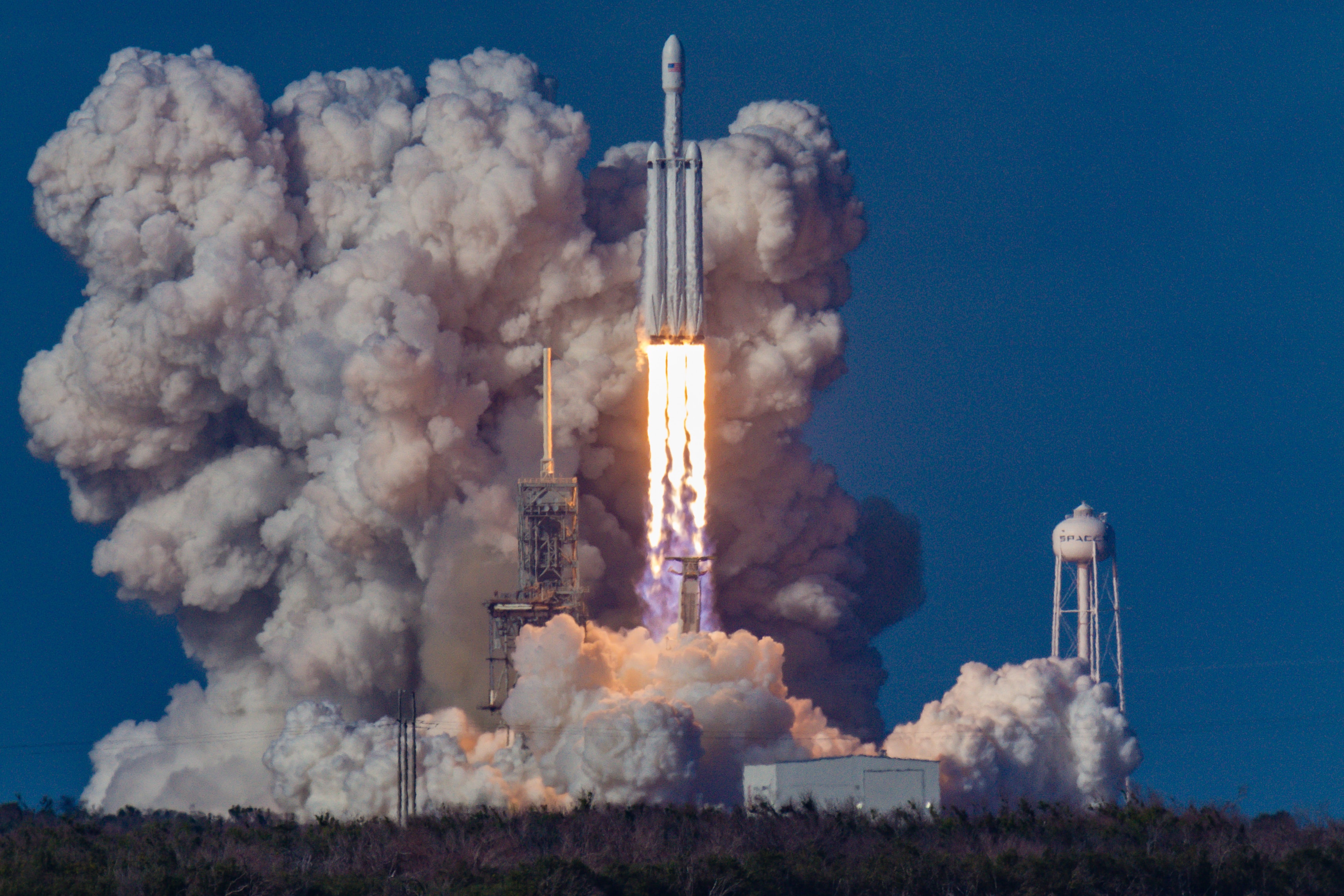Imagine a spacecraft not fueled by traditional chemical engines but powered by the incredible force of atomic nuclear reactions. This miraculous power comes from the arrival of a revolutionary nuclear propulsion technology. Nuclear propulsion isn’t just a technological marvel; it’s a game-changer for humanity’s space exploration. It can shorten space travel times and make more extended space missions possible. Nuclear propulsion has now become the cosmic key to unlocking the untouched wonders of the universe as we travel beyond our home planet. However, what exactly is nuclear propulsion, and how does it operate? Let’s buckle up our seats and set out to unravel the mystery of this cosmic wonder.
Rocketing Ahead: The Atomic Boost of Nuclear Propulsion

Nuclear Reactor. Image Source: Unsplash
Nuclear propulsion technology gets its superpower boost from the two robust nuclear reaction processes, fission and fusion. Nuclear fusion is a powerful process where two light atomic nuclei join together to form a heavier nucleus, releasing tremendous energy. The same kind of reaction powers the sun, where hydrogen atoms fuse to create helium, producing massive heat and light.
Further, a nuclear fission reaction is like breaking a larger thing into smaller pieces to release energy. Specifically, it involves splitting the nucleus (center) of a heavy atom, such as uranium or plutonium, into two smaller nuclei. This splitting releases a significant amount of energy and other smaller particles. Scientists are exploring the possibilities of harnessing the power of these two powerful energy sources on Earth as a potential clean and efficient power source for the future.
Nuclear Propulsion in Various Endeavors
Nuclear Propulsion technology consists of two systems, namely Nuclear Thermal Propulsion (NTP) and Nuclear Electric Propulsion (NEP), each with its cosmic superpowers. In Nuclear Thermal Propulsion (NTP), nuclear reactions produce intense heat. This heat is transferred to a propellant, often hydrogen, creating a high-speed jet that propels the spacecraft forward. Through Nuclear Electric Propulsion (NEP), nuclear energy is converted into electricity, powering electric thrusters for propulsion. This energy is harnessed to propel the spacecraft at unprecedented speeds, placing them in their intended orbits for deep-space explorations. Both methods offer unique advantages, enabling spacecraft to travel faster and more efficiently.

NASA Space Shuttle. Image Source: Pexels
The Marvels of Nuclear Propulsion
With the emergence of this new technology, nuclear propulsion has left its indelible mark on many projects and ventures. It has been successful in touching the realms of missions from the depths of the seas to the vastness of outer space.
Within the corridors of NASA, nuclear propulsion takes center stage in propelling humanity beyond the bounds of Earth. Envisioned as a key enabler for crewed interplanetary missions, NASA explores both NTP and NEP technologies. Through the Artemis program, NASA is investing in developing advanced nuclear propulsion technologies for future space missions.
The Demonstration Rocket for Agile Cislunar Operations (DRACO) program exemplifies the USA R&D wing Defense Advanced Research Project Agency’s (DARPA) involvement in nuclear propulsion. Its main aim is to place a nuclear thermal rocket (NTR) in the orbits. To create thrust, NTRs heat the propellant to extremely high temperatures using a nuclear reactor and then expel the heated propellant through a nozzle.
The mission named “Project Orion” was initially conceived in the 1950s to perform criticality experiments with NTR, showcasing the potential of nuclear power in space. Set to launch in March 2027, the program highlights the collaborative efforts between NASA, DARPA, and the United States Air Force, emphasizing the economic and technological advantages of nuclear propulsion.

Orion spacecraft. Image Source: NASA
One of the most outspoken proponents of nuclear-powered rockets is SpaceX CEO Elon Musk. He referred to the technique as “a great idea” in a 2019 tweet and suggested NASA look into it. By 2050, SpaceX hopes to transport people to Mars via air travel, although it is not currently working on nuclear rocket engine projects.
Pulsar Fusion, a U.K.-based aerospace company, has announced plans to develop a revolutionary rocket powered by nuclear fusion, potentially allowing the rocket to reach speeds of up to 500,000 miles per hour. Pulsar Fusion aims to drastically reduce travel times to Mars, envisioning round trips in weeks instead of months or years. The technology could also expedite the solar system’s outer planets. Pulsar Fusion’s CEO, Richard Dinan, said, “Fusion offers 1,000 times the power of the conventional ion thrusters currently used in orbit,” expressing confidence in its inevitable application in space propulsion. The company aims to conduct the first tests of its fusion rocket by the end of this decade, marking a significant advancement in interplanetary travel technology.
Navigating the Cosmos Amidst Hurdles
Nuclear propulsion technology provides a lot of promise for space exploration but also has many obstacles. Reaching the full potential of nuclear propulsion requires overcoming these obstacles.
Firstly, safety issues remain regarding the use of nuclear reactors, particularly in the event of mishaps or malfunctions during launch or in orbit. Extensive testing, sophisticated reactor designs with built-in safety mechanisms, and stringent safety procedures must be followed to reduce dangers.
Nuclear propulsion systems need advanced and precise engineering due to their technological complexity, which can be costly. Long-term financing commitments are something that governments, private space firms, and international collaborations should invest in. Partnerships and cost-sharing programs may assist in splitting up the financial load and hasten development. Both the public and business sectors must make significant R&D investments.
There are logistical and legal issues with testing nuclear propulsion systems in space. Therefore, the top priority is building testing facilities on Earth that replicate space conditions. Moreover, proper global guidelines must be formulated for in-orbit testing to guarantee cooperation and adherence to safety procedures.
To Summarize
Nuclear propulsion technology is leading the way in transforming space travel; it presents a unique set of opportunities and several obstacles. The combined efforts of scientists, engineers, policymakers, and the general public will pave the way for a future where space exploration becomes a real, achievable goal, with thrusters and nuclear propulsion guiding us through the vast unknown.
If you enjoyed reading our articles, please support us by buying our geeky merchandise on Instagram. Alternatively, you could buy us a coffee or follow us on Facebook, Twitter, Pinterest, or Medium.



2 comments
[…] company currently works closely with NASA to aid their upcoming lunar exploration missions. However, IM believes that its services will start up a lunar economy that will serve more […]
[…] collapse and subsequent fusion reactions in their cores. When these stars burn through their nuclear fuel, the energy they release counteracts the inward pull of gravity. Thus, these massive stars end when […]